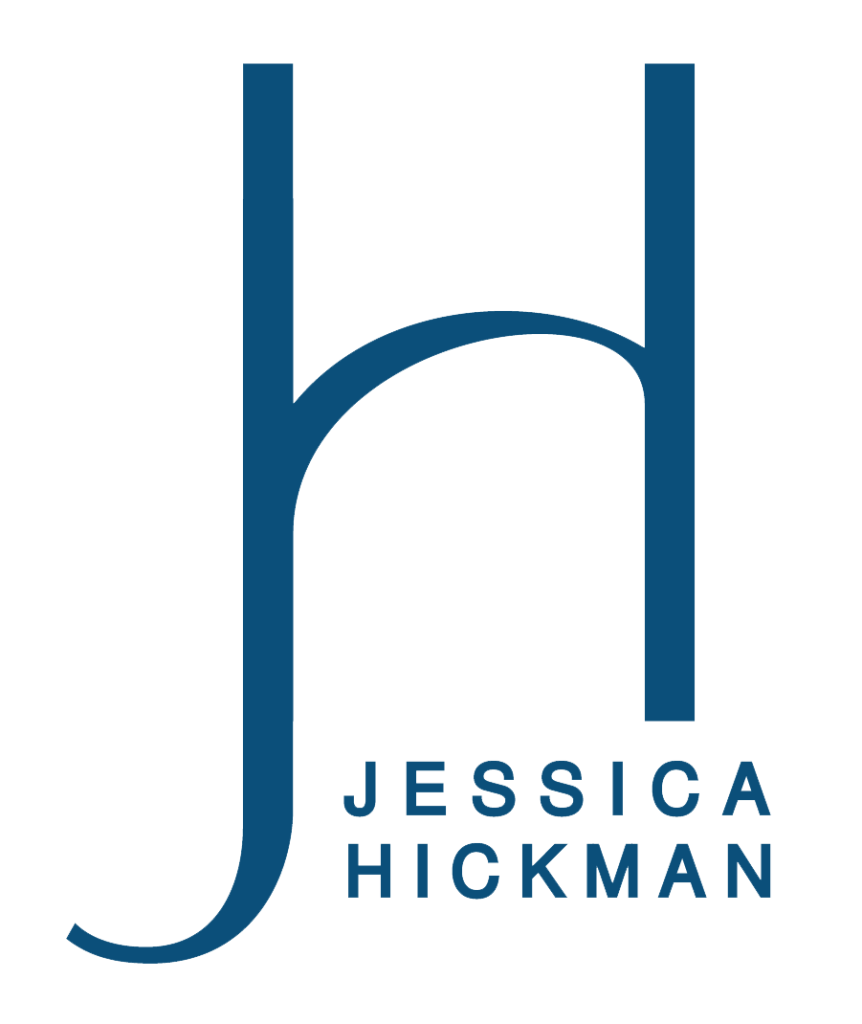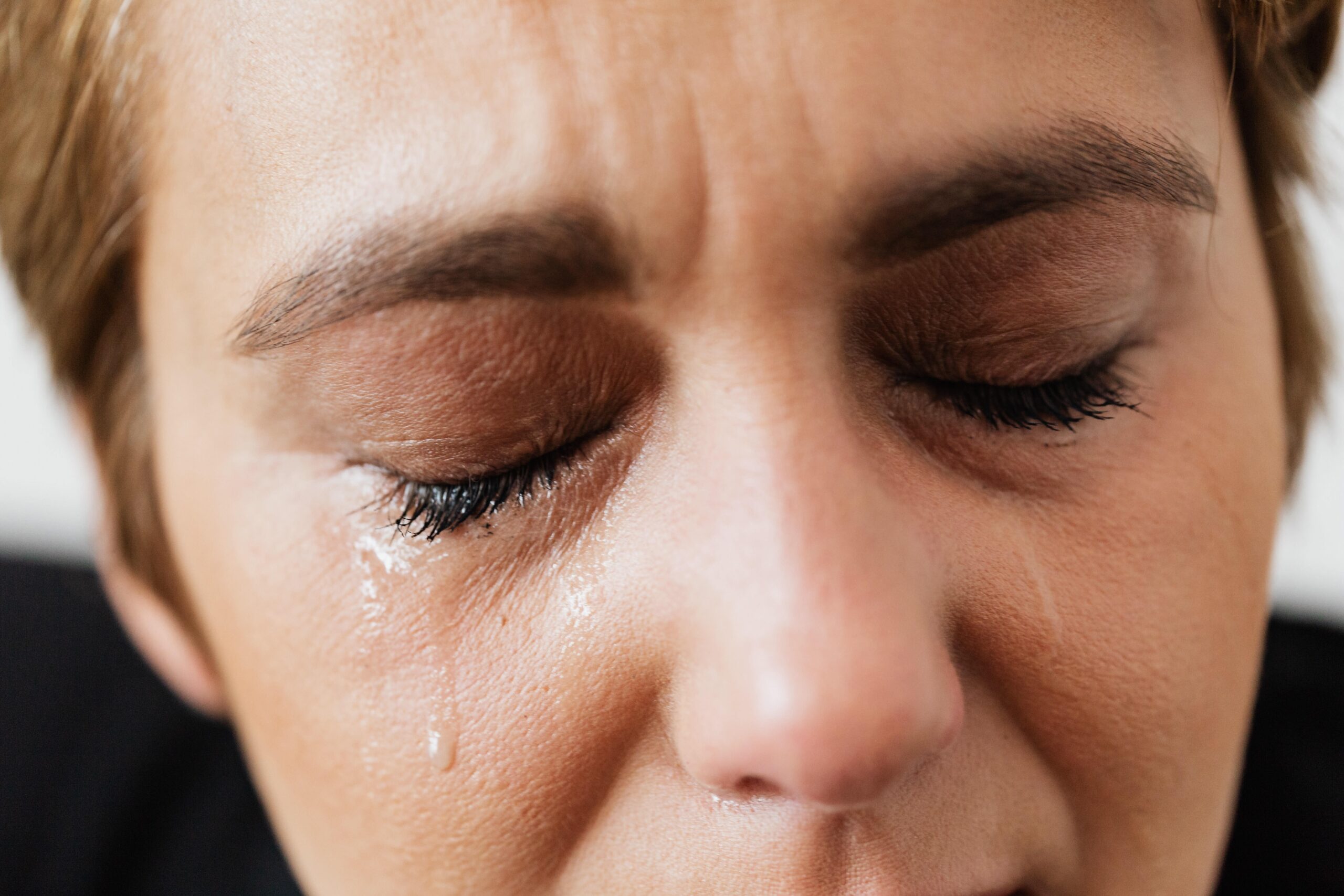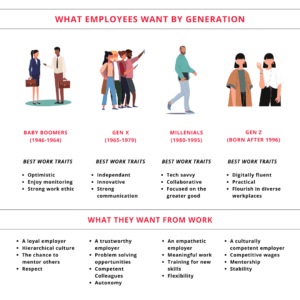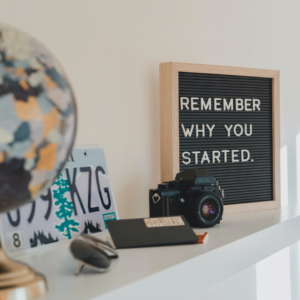Blog
Psychosocial Hazards and How to Fight Them

A doctor who recently took up a job at a severely understaffed hospital collapses into bed in the on-call room, after hours of gruelling work. She lies in bed and struggles to keep her eyes open, while her brain recalls everything she’s seen and done that day. Screaming babies, amputees, blood and every other body fluid, attempts at resuscitation gone wrong, and the smell of death. She cries herself to sleep before she is woken up only an hour later by her colleagues screaming her name to see to more patients. Her shift should of finished 3 hours ago but the hospital is short staffed.
Meanwhile, in another part of the city, an office worker wakes up to the sound of his alarm. He hastily washes up, makes himself a quick breakfast, and rushes to catch his daily commute. He spends his 9-5 at a desk, surrounded by the whirs and hums of photocopy machines and printers, by the ringing of telephones, and the click-clack of fingers running swiftly across keyboards. He responds to emails, he answers calls, and he sits through meetings. At the end of the day, he goes back home, and as he kicks off his shoes his boss rings, he sits at the table with his head in his hands, as he wonders at the monotony of everyday, at how the flame in him seems to have flickered out.
Somewhere else, a promising journalist hands in her newly finished work to her supervisors. She’s spent several sleepless nights working on this report. She’s stood outside corporate offices waiting to collect data from interviews, she’s skipped meals and family events. Her supervisors give her work a cursory glance, and despite her report being featured on the front page of the magazine’s upcoming issue, she is not met with praise or compliments or even mere acknowledgement. Instead, she is put to work on a new project, with little to no guidelines and barely any information. The promotion she knows she fully deserves is awarded instead to a male colleague of hers, and she hears whispers of how it’s because “everyone knows that a man is bound to get a job done better, anyway”.
All over the world, across every profession, these three employees exist—and they are burnt out, stressed, tired, exhausted. They are victims of toxic unfulfilling work cultures that are breeding grounds for all kinds of poisons. They are forced to work in environments where their creativities are stifled, where their basic rights are ignored, where they are forced to endure their supervisors and colleagues using them as an outlet to practice their misogyny and warped worldviews.
These employees are victims of psychosocial hazards in workplaces—dangers that pose a serious risk for the physical and psychological wellbeing of employees. These are hazards that cannot go unaddressed, which is why you need to read on, and see how you can identify and manage a psychosocial hazard
What are Psychosocial Hazards?

Loosely defined, a psychosocial hazard is any hazard or risk in one’s environment or society that can cause harm. In the context of a workplace, a psychosocial hazard can be defined as something that causes stress, which eventually impacts the psychological and/or physical health of employees.
Psychosocial hazards in the workplace can arise from, or relate to:
- The design or management of work:
This can include tasks that are too taxing, imposing unachievable deadlines and time pressure, role overload, etc. If you work challenging hours, and if your employers and colleagues expect you to be available even beyond work hours, contacting you during holidays and at 3 in the morning—that’s a definite psychosocial hazard, setting you up for a lot of stress and burnout.
- Work environment:
Does your work environment regularly expose you to poor air quality, extreme temperatures or noises, or anything that puts you in immediate danger? You know those zombie movies where Patient Zero was a lab researcher whose work put them in contact with infectious pathogens? If you’re being required to take up duties in hazardous environments, that’s a psychosocial hazard.
- Workplace equipment:
Have you ever been frustrated because you were given a task, while also being denied access to the equipment necessary to complete it? Have you looked at a piece of equipment you’ve never seen before and something that looks like it could cause serious harm if not used properly, but your employees won’t assign a supervisor to make sure you do it right?
- Workplace interactions or behaviours:
This relates to how your co-workers and supervisors behave at work, and includes work-related bullying, work-related violence and aggression, sexual harassment, and other forms of harassment based on biases, prejudices, and stereotypes. If you’ve ever been called a racial slur, if you’ve ever been the butt of a joke that’s a not-so-subtle innuendo, if you’ve ever been laughed at, or belittled, or made to feel any less. If you’ve experienced any of these things or if you can simply imagine the stress that comes with it, you know why it’s classified as a psychosocial hazard.
It is important to be able to identify a psychosocial hazard for what it is. It isn’t just jokes that can be brushed off as banter, and it isn’t just “I chose a challenging career, and I must deal with the consequences of it.” It isn’t something that can be swept under the rug. It’s a psychosocial hazard, and it must be dealt with, accordingly.
Consequences of Psychosocial Hazards
The impact of psychosocial hazards can be felt in the presence of just one such hazard, or in the accumulation of many “micro” hazards that chip away at employees’ well-being and enthusiasm, over time. They can cause stress and burnout, where employees are exhausted and have lost all passion and motivation for a job they once used to love, or a company they once used to dream of working in.
Psychosocial hazards can cause anxiety and depression, fatigue, confusion, and even Post-Traumatic Stress Disorder (PTSD). In extreme cases, a psychosocial hazard can even cause death.
These psychosocial hazards don’t just impact the employee as an individual—the stress and confusion can leach out into their immediate circles, impacting family, friends, and co-workers.
Ultimately, a psychosocial hazard affects the entire workplace, with pummelling productivity rates, and a negative public image.

Fighting Against Psychosocial Hazards
If you or anyone you know is experiencing a psychosocial hazard in the workplace, there are a number of things you can do to fight against it. But you can only get around to doing any of that as long as you keep your cool, as long as you stay level-headed and be proactive, rather than reactive.
With all the stress you’re bound to be experiencing, you need to ensure that you don’t lose sight of how you can regain control.
The fight against psychosocial hazards gained a huge victory this month, when the new Queensland Code of Practice for “Managing the Risk of Psychosocial Hazards” came into force on 1st April, 2023. This code defines and manages psychosocial hazards, while setting minimum standards in this regard. The code directs workplaces to address psychosocial hazards at an environmental and structural level—as close to the source, and as far from the exposed workers as possible.
This code ensures that employees affected by psychosocial hazards will not have their experience simply dismissed, or swept under the rug. It ensures that workplaces will take swift action to remove the source of psychosocial hazards, and remedy the situation immediately to restore a healthy working environment.
Getting rid of psychosocial hazards in the workplace is the key to creating a workplace environment that supports the growth of the employees while also increasing company productivity. A healthy workplace environment is one where everyone thrives, where everyone feels valued and inspired and appreciated.
Please check out my most recent book ‘The Upstander Leader’
You will also love ‘The Upstand Academy”





